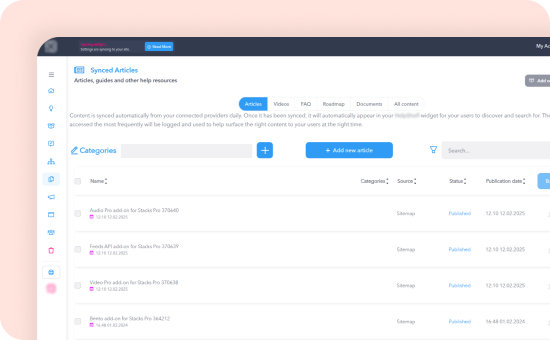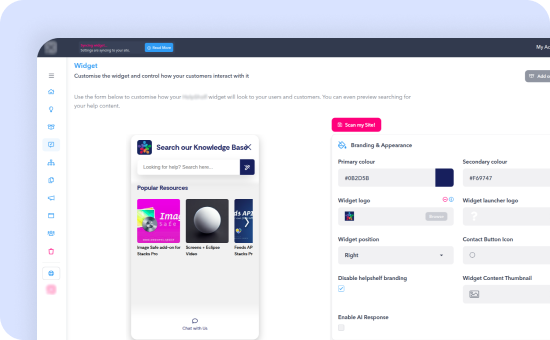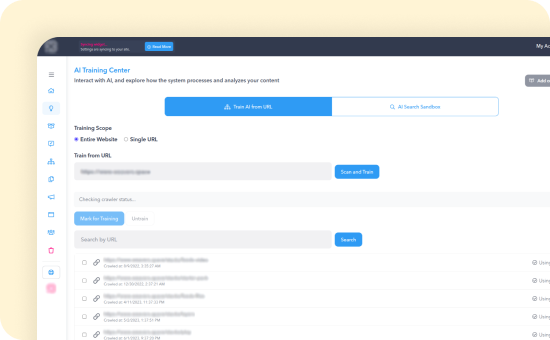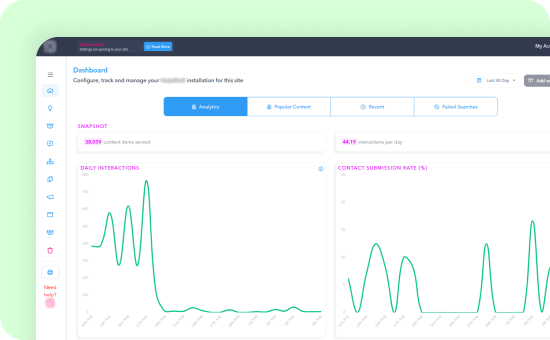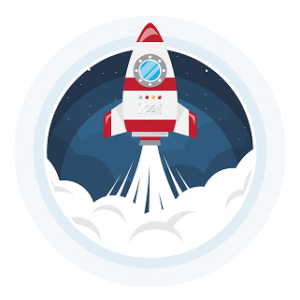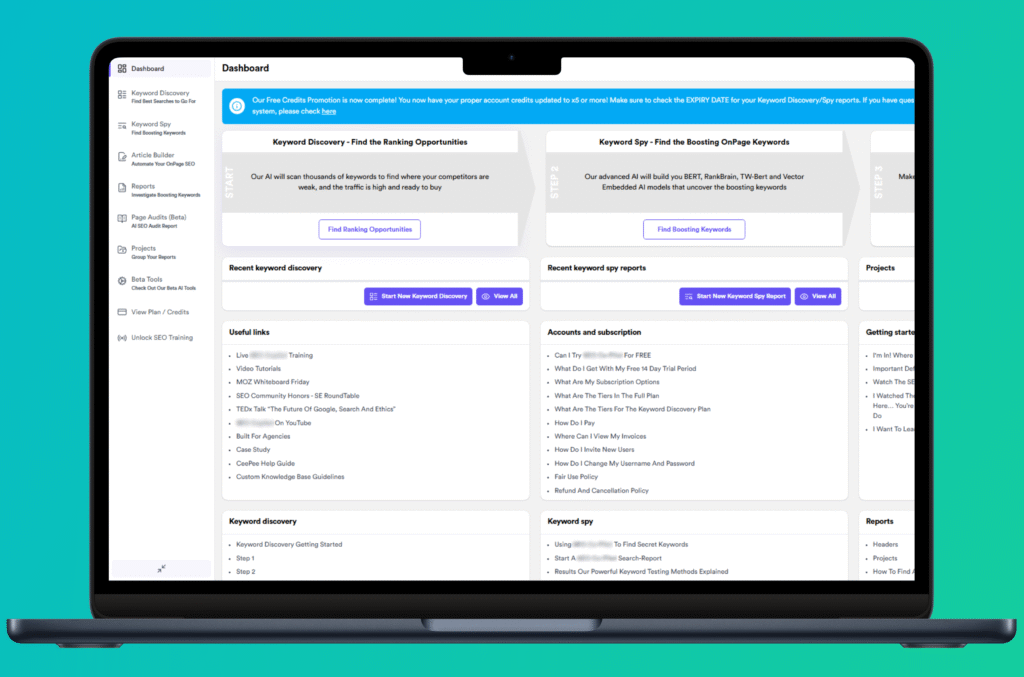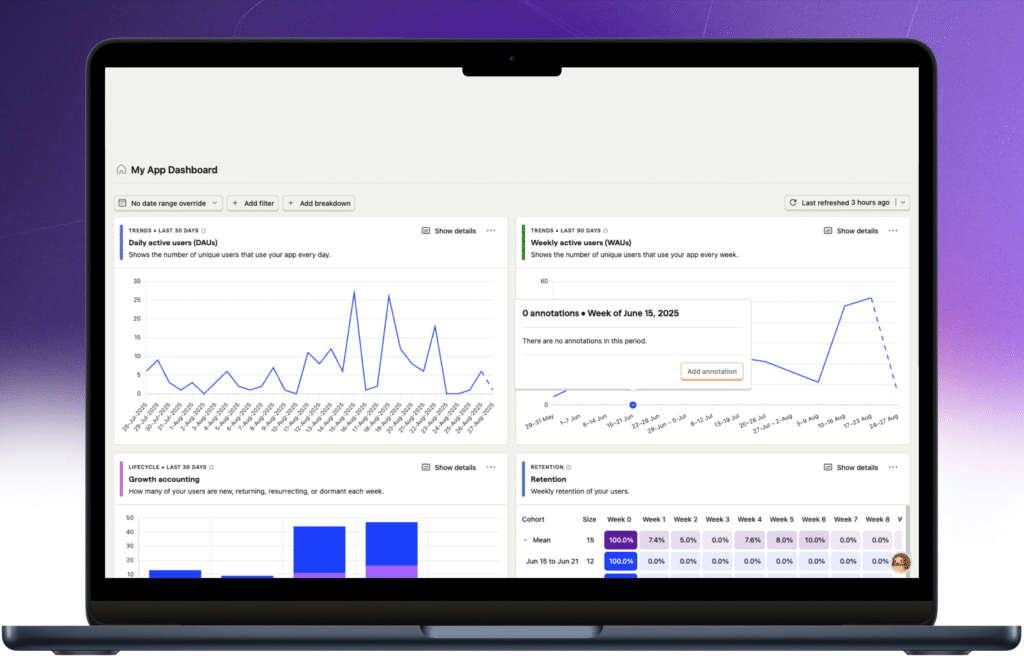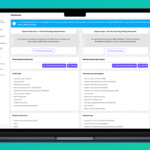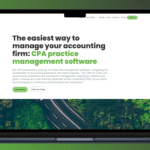Esketchers developed an AI-powered, smarter customer support platform that enables businesses to create and manage knowledge bases and customer support systems. The platform allows businesses to provide self-service support by offering easy access to FAQs, guides, and troubleshooting articles. It also integrates with other customer communication and support management tools, enhancing overall support efficiency. The solution streamlines the process of managing and accessing customer support resources, improving both the business and customer experience.
AI-Powered Platform For Smarter Customer Support
AI-Powered Platform For Smarter Customer Support
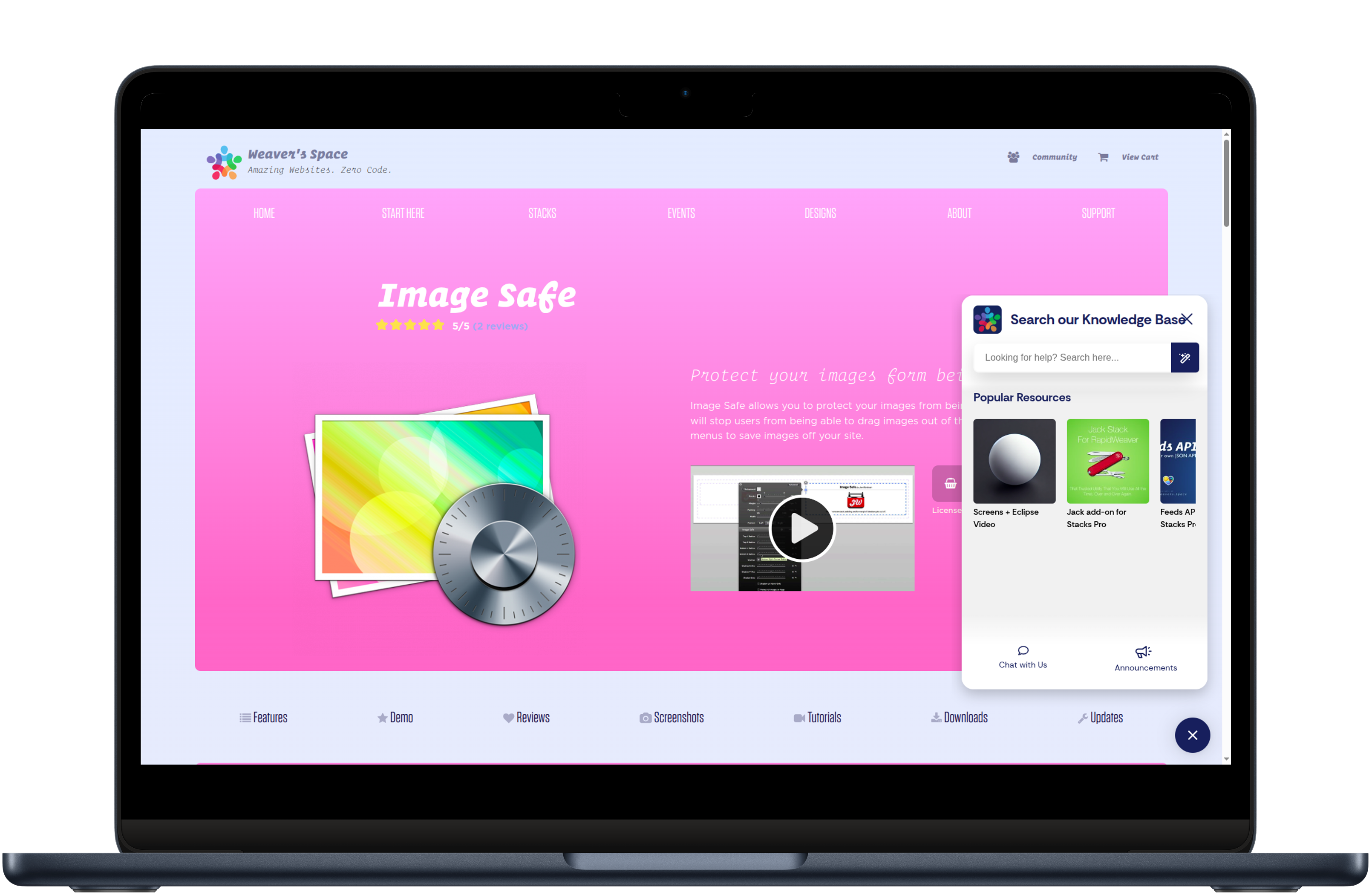
Problem
The client came to us with several problems. Their customer support process was slow and inefficient, with long response times and difficulty managing frequently asked questions and common issues. Customers struggled to find the right resources, leading to frustration and repeated support inquiries. The client also faced challenges scaling their support team, resulting in bottlenecks and increased operational costs.
Solution
It is an AI-powered platform designed to help businesses create and manage knowledge bases and customer support systems. It allows businesses to provide self-service support to their customers by offering easy access to FAQs, guides, and troubleshooting articles. It provides several solutions to address customer support challenges:
Use Cases
Team
Services we offered
Market Specifics
Deliverables
Client Goals
The client wanted to develop a comprehensive AI-powered tool (Widget) that would achieve the following goals:
Provide Efficient Customer Support
They aimed to build a platform that would provide customers with quick access to self-service resources, enabling them to resolve issues independently and reduce their dependency on direct support.
Time-Saving
The widget saves a lot of time and enhances user experience by instantly answering FAQs, providing quick solutions, and streamlining support, so you get the help you need faster. It centralizes tools to ensure seamless, efficient assistance every time.
Automate Support Processes
The client wanted to streamline their support operations by automating responses to common queries, organizing knowledge in a structured way, and minimizing manual intervention.
Enhance Customer Satisfaction
They sought to create a user-friendly interface that would make it easier for customers to find answers, leading to a more seamless and satisfying support experience.
Reduce Operational Costs
The client wanted to make it easy for users to find answers or information on their own using a search feature. At the same time, users could still reach out to support staff if they needed more help.
Ensure Scalability
They needed a flexible tool that could scale as their business grew, with the ability to easily expand the knowledge base and integrate with other customer support systems.
Centralized Support Management
The client aimed to centralize all support content in one platform, making it easier to maintain, update, and ensure consistency across their customer support resources.
Analytics Dashboard
The client wanted to improve customer support by tracking key metrics like total content items served, daily interactions with the widget, and the contact submission rate (how many users reached out for live support). They wanted to see what content worked and understand what content the user was looking for, resulting in improving the self-service. From the user’s perspective, the goal was to make it easier to find helpful content quickly, reduce the need to contact support and have a better overall experience using the widget.
Target audience
SaaS Companies: early and growth-stage
SMBs: reduce support load without extra staff
Support Teams: boost efficiency with self-service
Product Teams: improve UX and engagement
Startups: quick setup, no heavy tech needed
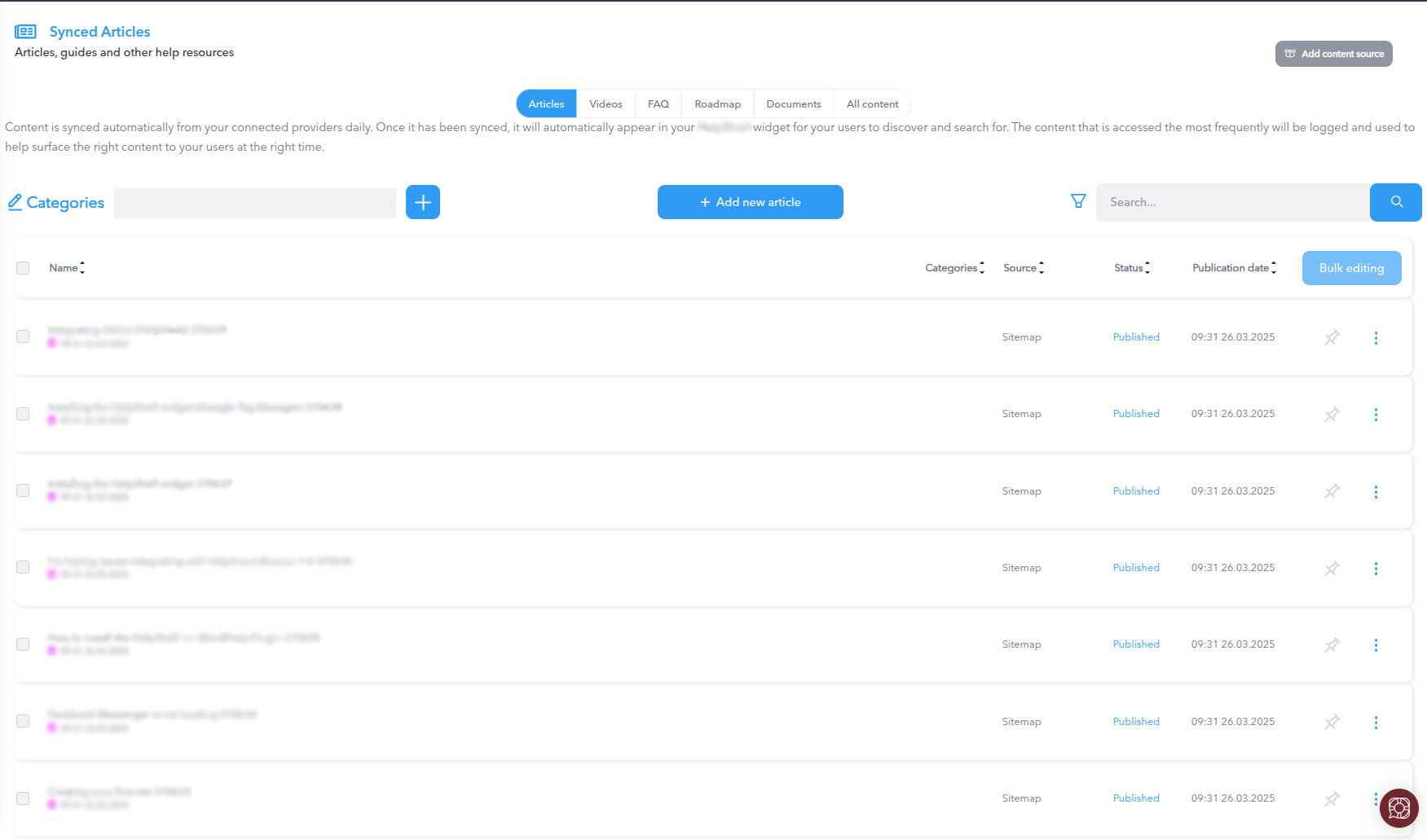
Core Features
The platform serves as a centralized widget that unifies customer support in one hub. It gives users quick access to FAQs, knowledge bases, live chat, and help desk tools without leaving the website.
Centralized Support Hub
Combines FAQs, knowledge bases, live chat, and help desk tools in one widget for instant access.
AI-Powered Search (RAG)
Uses Retrieval-Augmented Generation to deliver accurate, context-aware answers in real time, reducing tickets and supporting multilingual knowledge bases.
Third-Party Integration
Connects with tools like HelpScout, Intercom, and Zendesk to sync FAQs, articles, and tickets into one interface. Keeps content updated, searchable, and lets users message support if needed.
Customizable Widget
Fully matches site branding with adjustable look, feel, and features.
Custom Content Hosting
Let’s businesses upload and host their own support content. members.
Intelligent Content Suggestions
AI recommends the most relevant resources based on user behavior and queries.
Searchable Help Content
Unified search across all connected resources for faster answers.
Analytics Dashboard
Tracks widget interactions and highlights common queries for improvement.
Responsive Design
Seamless use across desktop, tablet, and mobile.
White-Labeling Option
Allows full branding without platform logos.
Additional features
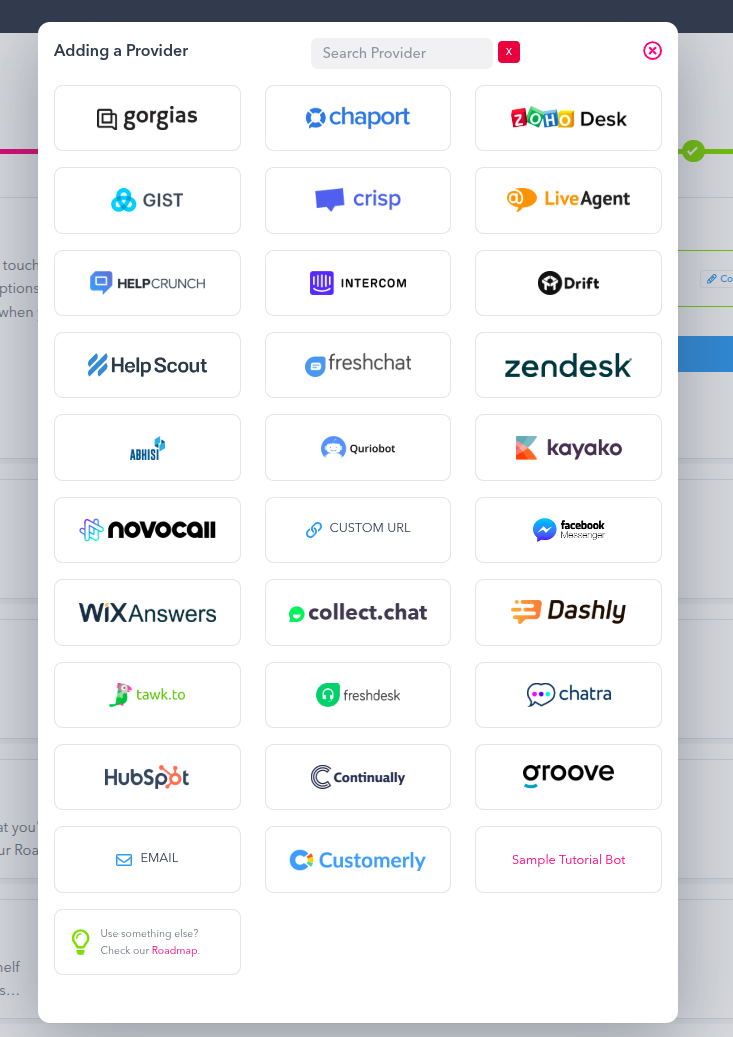
Contextual Help Delivery
Dynamically displays help content based on the user’s current page or activity on the website.
Feedback Collection
Includes options for users to provide feedback on help articles or the overall support experience, helping businesses refine their resources.
Collaboration
Enables team members to collaborate on managing and updating support content directly through the platform.
Advanced User Permissions
Provides role-based access control, enabling businesses to manage who can edit or view certain content within their team.
Multilingual Support
Offers support for multiple languages to cater to a diverse user base, enhancing accessibility for global customers.
User Insights
Tracks user engagement with the widget to identify the most helpful resources and areas requiring improvement.
Seamless Updates
Automatically syncs with integrated tools to reflect the latest updates to help content without manual intervention.
Call-to-Action Customization
Allows businesses to include custom CTAs within the widget, driving engagement or directing users to additional resources.
Achievements
The platform has delivered significant value to its users by transforming how they handle customer support. Here are some key achievements:
Reduced Support Workload
The integrated widget makes sure customers can easily contact support teams at any time, while also providing instant answers to common questions, leading to a support workload.
Analytics dashboard
The client enhanced customer support by tracking key metrics, including content served, widget interactions, and contact submission rates. This helped optimize self-service content, making it more effective.
Users benefited from quicker access to helpful information, which reduced the need to contact support teams and enhanced their overall experience.
Improved Customer Experience
Customers experienced faster resolution times by accessing relevant help resources instantly, boosting customer satisfaction scores.
Increased Self-Service Adoption
Users saw a significant uptick in self-service, with more than 70% of common queries resolved without contacting support teams.
Enhanced Efficiency
Support teams were able to focus on complex issues while routine questions were handled by the platform, leading to higher productivity.
Higher Engagement with Resources
Integrated knowledge bases and FAQs experienced a 40-60% increase in user engagement, maximizing the ROI on content creation efforts.
Faster Setup for New Businesses
New businesses integrated and deployed the platform (widget) within minutes, allowing them to provide professional-grade support from day one.
Improved Content Utilization
Users used analytics to identify underutilized help articles and improve their relevance, ensuring better resource coverage.
Cost Savings
By reducing the need for larger support teams and enabling efficient resource use, businesses save thousands of dollars annually.
Custom Branding and Personalization
Businesses enhanced their brand identity with a fully customized widget, creating a consistent and professional user experience.
Tech Stack
Front-End
Back-End
Deployment Strategy
Quality Assurance Strategies
Functional Testing
We conducted extensive functional testing to ensure seamless integration with tools like Help Scout and Zendesk. All core features, including tool aggregation and widget customization, were validated for smooth operation across devices and browsers.
Performance Optimization
We ran load and stress tests to ensure the platform could handle high traffic and intensive widget usage. Focus was placed on maintaining fast response times for widget loading and data syncing under peak conditions.
Usability Enhancements
Through usability testing, we identified pain points in navigation and setup processes. User feedback drove iterative improvements, making the platform intuitive and user-friendly.
Security Assurance
We ensured secure handling of API keys and data privacy compliance. Vulnerability testing was performed to safeguard authentication processes and tool integrations.
Automated Testing
We implemented automated testing for APIs and regression scenarios using tools like Postman and Selenium. This ensured consistent reliability and minimized manual effort during updates.
Continuous Integration Testing
QA was integrated into the CI/CD pipeline, allowing us to detect and fix bugs with every code commit. Automated tests ensured a stable development cycle.
Post-Release Monitoring
After deployment, we used tools like Sentry to monitor real-time errors and collected user feedback to address any remaining issues, ensuring ongoing improvements to the platform.
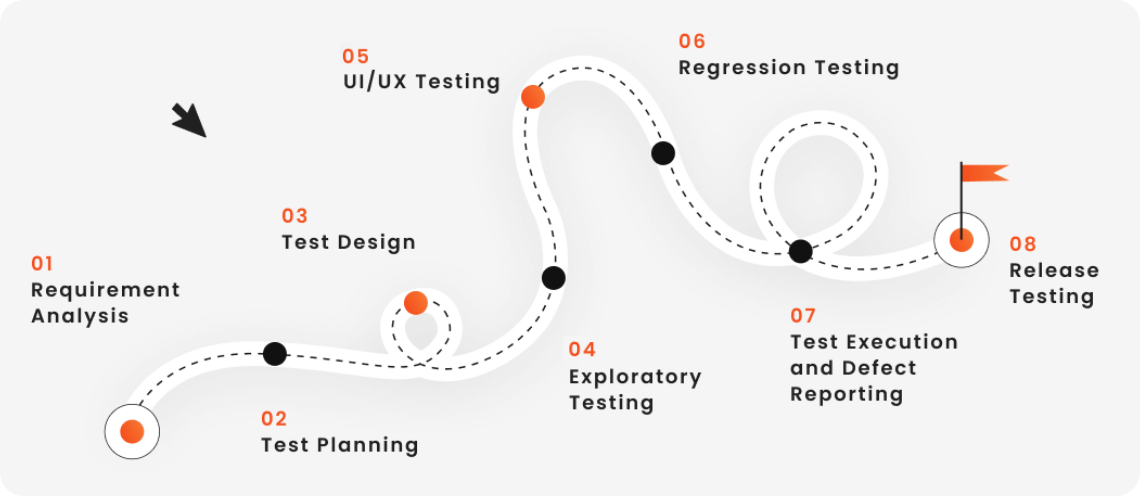
Testing Methodology
To ensure the platform’s quality and reliability, we used a structured and iterative testing methodology. This approach covered all critical aspects of functionality, performance, and usability, ensuring the platform met user expectations and business goals
Test Planning
- Defined test scope, objectives, and deliverables, along with the required resources, tools, and timeline.
- Focused on functional, non-functional, regression, and user acceptance testing.
Test Design
- Developed test cases and scenarios based on business requirements and user stories.
- Prepared test data sets, including valid, invalid, and boundary conditions.
Test Execution
- Functional Testing: Verified core features like user authentication, ticket management, and knowledge base search.
- Non-Functional Testing: Conducted performance, security, and usability testing.
- Regression Testing: Ensured that new updates didn’t break existing functionality.
- Cross-Browser/Device Testing: Tested compatibility across various browsers and devices.
Defect Reporting and Tracking
- Logged issues in Jira, prioritized by severity, and worked closely with developers for resolution.
- Retested resolved defects to ensure fixes were effective.
User Acceptance Testing (UAT)
- Collaborated with stakeholders to validate the app against business requirements.
- Collected feedback and made necessary adjustments before sign-off.
Test Closure
- Documented test results and defects, providing a summary report.
- Conducted a retrospective to identify areas for improvement.
- Released the application with detailed release notes and ensured production deployment.
Why we used this particular methodology?
We chose this testing methodology for this platform because it provides a structured and comprehensive approach to ensure the quality, reliability, and user satisfaction of our platform. Here’s why:
Comprehensive Coverage
By including functional, non-functional, and regression testing, we ensure that all features work as intended, the platform performs optimally under various conditions, and updates do not affect existing functionality.
Stakeholder Involvement
User Acceptance Testing (UAT) allows us to validate the platform against real-world requirements and gather valuable feedback from stakeholders, ensuring the product aligns with business goals.
Efficient Issue Resolution
Our defect tracking process using Jira enables quick identification, prioritization, and resolution of issues, ensuring a smooth testing cycle and faster time to release.
Cross-Platform Consistency
Cross-browser and device testing guarantees that it delivers a consistent experience for users across different browsers and devices, which is critical for accessibility and usability.
Continuous Improvement
The retrospective and post-deployment monitoring phases allow us to learn from each testing cycle and make improvements for future releases, ensuring ongoing platform stability and user satisfaction.
Project Management
Agile Methodology
Used Agile methodology to allow flexible planning and adapt to changes quickly.
User Feedback
Collected user input regularly and made improvements based on it.
Team Collaboration
Developers, designers, and testers worked together closely.
Tools Used
Figma, managed tasks with Asana communicated through Skype.
Scrum Process
Held daily check-ins, planned sprints, and reviewed progress regularly.
Planning
Carefully schedule tasks, assign resources, and set clear milestones to meet deadlines.
